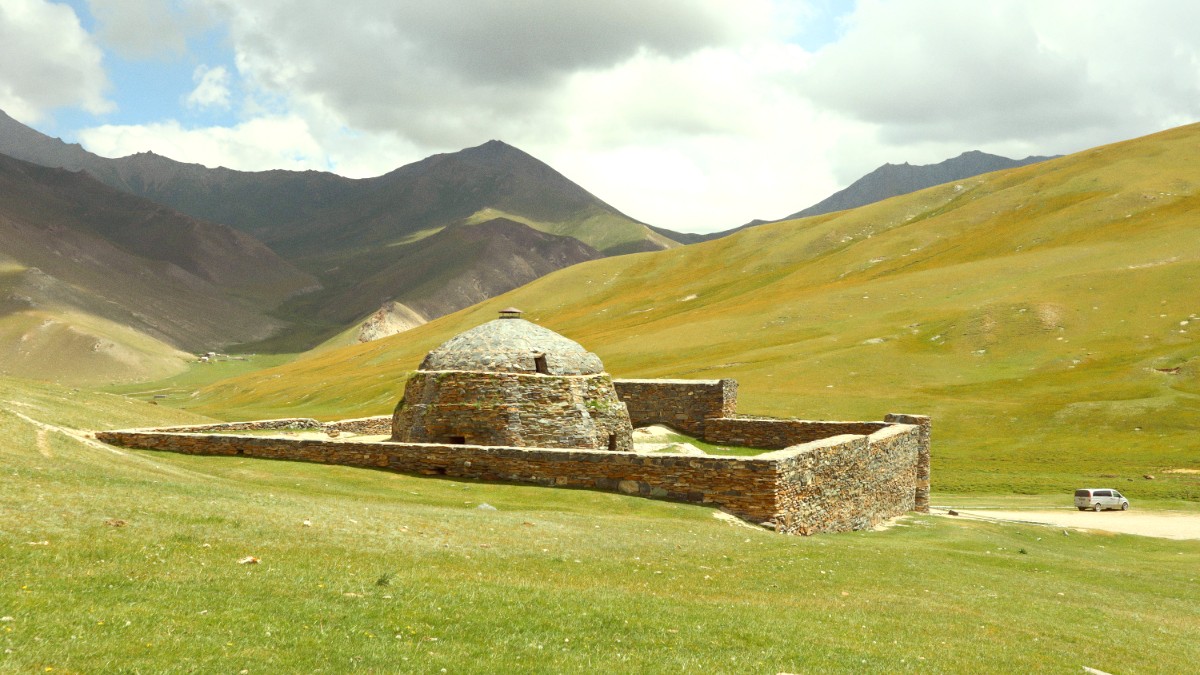
Central Asia
Major international airports serve as main gateways to Central Asia.
A variety of airlines connect Central Asia to global hubs.
Major airports offer useful services. Currency exchange booths and ATMs are present upon arrival. Duty-free shops cater to departing travelers.
Cafes and restaurants provide food and drink. Many airports have SIM card purchase points for immediate connectivity. Wi-Fi availability varies.
Taxis are readily available outside airport terminals. Public buses/marshrutkas offer lower costs. Many hotels or tour operators provide pre-arranged transfers.
Road quality varies significantly. Major highways between large cities can be good, specifically in Uzbekistan and Kazakhstan. Secondary roads, especially in rural or mountainous areas, can be poor or unpaved.
Self-driving is not widely suggested due to varying road quality, aggressive driving habits, and potential bureaucratic hurdles with police. Car rental agencies are limited, mostly found in major cities.
An International Driving Permit (IDP) is a requirement. Drive on the right side of the road. Speed limits are typically 60 km/h in urban areas, 90 km/h outside urban areas, and 110 km/h on highways.
The main ferry service relevant to the region crosses the Caspian Sea.
River routes are not a main mode of international tourist travel to Central Asia.
Driving in Central Asia presents varying conditions.
Familiarity with local driving regulations promotes safer travel.
Allocate enough time at the airport and be aware of available facilities.